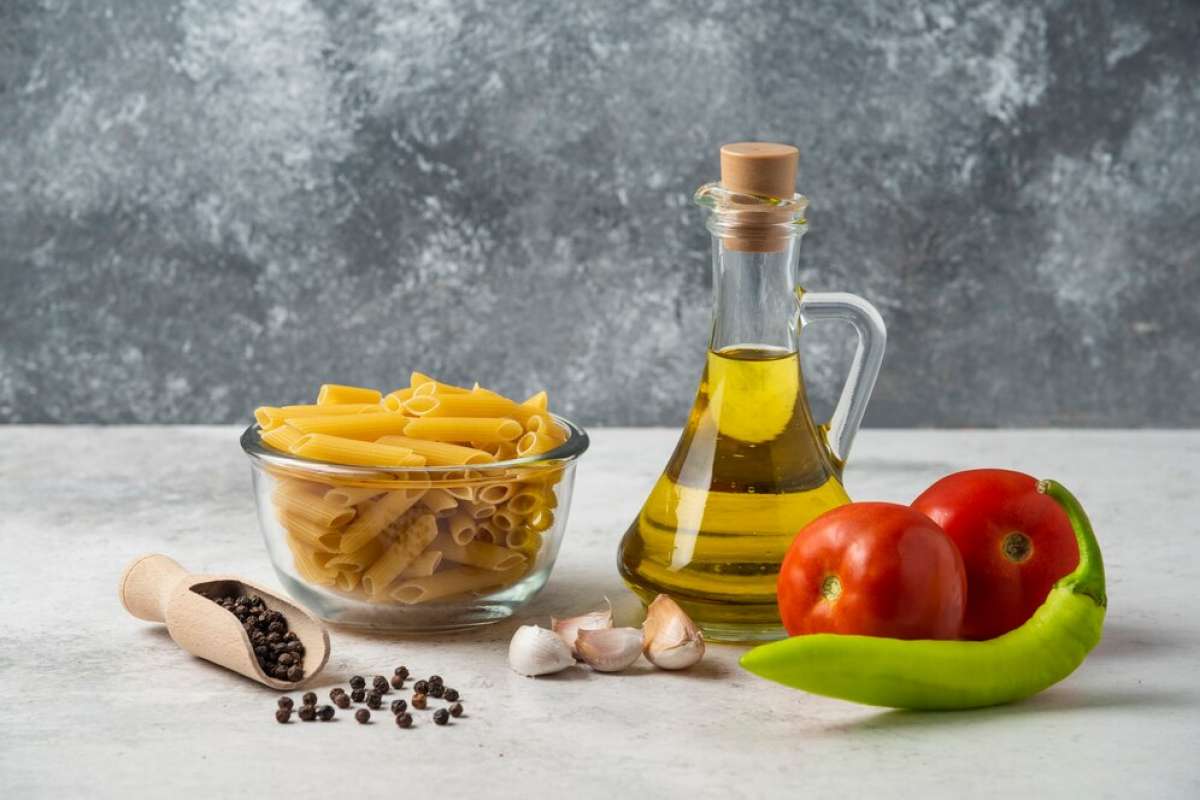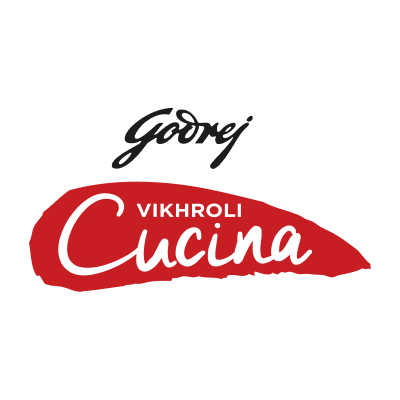
Fry once, feast twice: Smart ways to reuse leftover cooking oil
Featuring easy tips and tricks to help you repurpose a vat of leftover oil

Deep-fried foods are adored worldwide and are well worth the trouble and effort. Whether it be in the form of perfectly crisp fried chicken or a delectable sweet treat, who wouldn't want to indulge in these? But, regardless of how beneficial the outcome is, there's no escaping the residual oil.
If you’ve been struggling to reuse leftover frying oil, look no further. Here’s a step-by-step guide to managing your leftover oil, followed by creative uses of it in your culinary adventures.
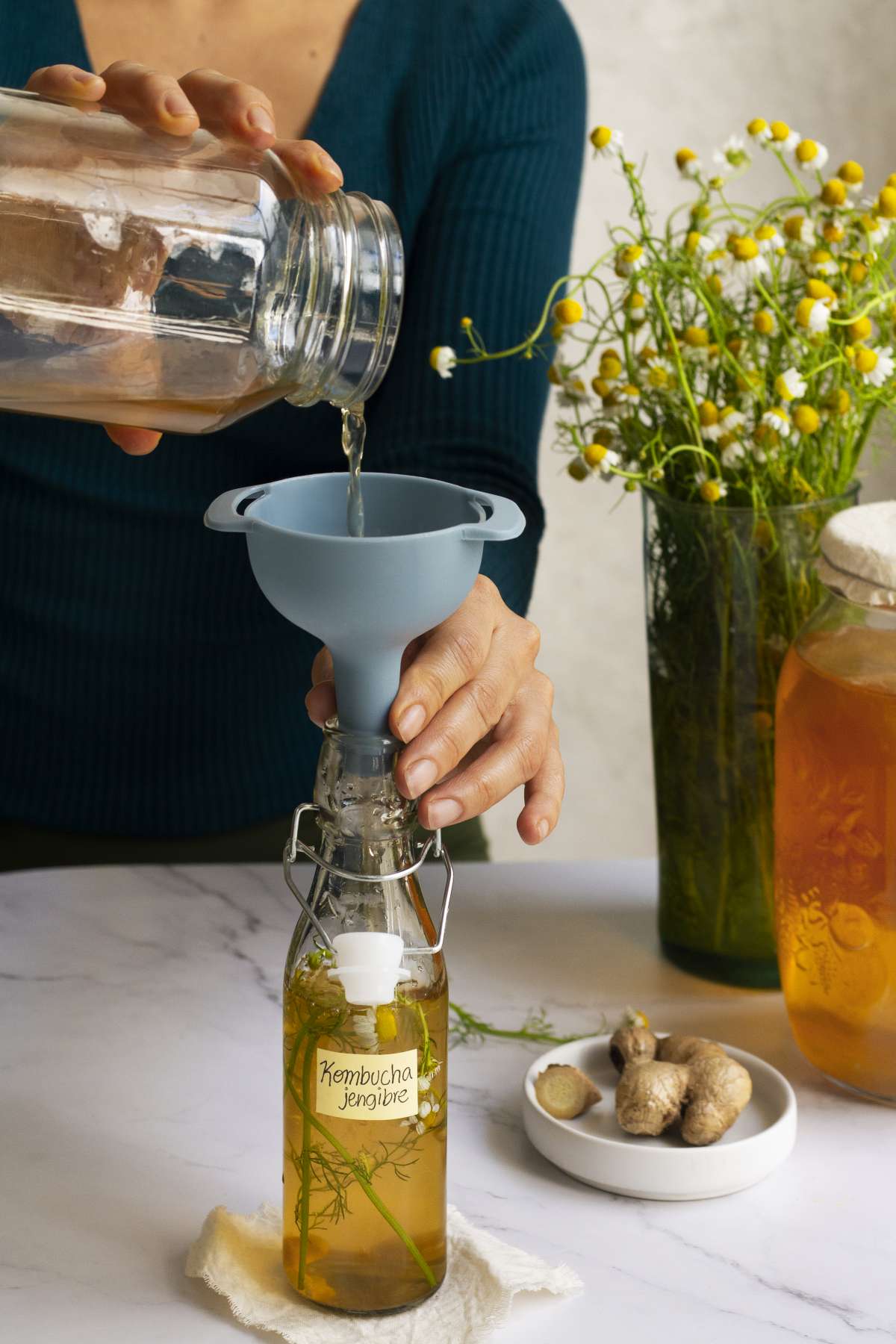
Step 1: Let it cool.
When you are done frying, quickly turn off the heat. To handle the oil further, let it come to room temperature. Be patient; this may take a while.
Step 2: Strain the oil.
Once the oil has cooled, it’s time to strain out the food bits. Pour the leftover oil through a fine-mesh sieve that has several layers of cheesecloth lining it. These tiny particles can make the oil taste unpleasant when reheated, so toss them away!
Step 3: Store properly.
Pour the filtered oil into a tightly sealed glass jar or other specialised oil storage container. To prevent the mess, use a funnel. Keep the oil in a cool, dark place, such as a pantry or refrigerator, to prolong its shelf life.
Step 4: Label the container.
Clearly label the container with the type of oil, the date it was used and what was cooked in it. This helps you keep track of its condition and suitability for future dishes.
Reusing Leftover oil in kitchen
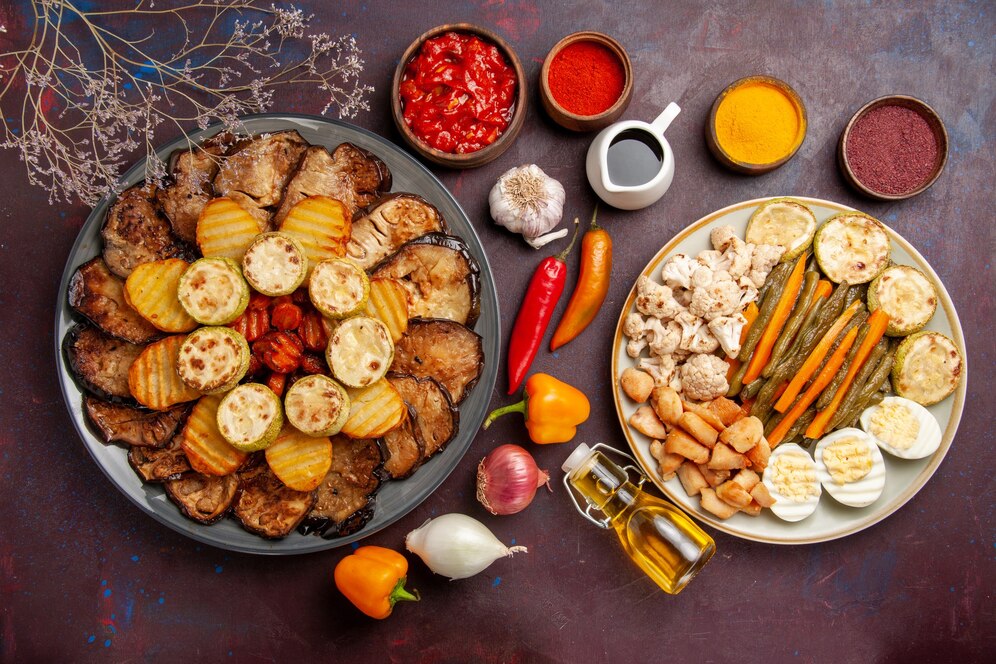
Now comes the fun part — using your repurposed oil! Reusing leftover oil in your kitchen can actually enhance the taste of your dishes. Here's how you can do it:
Marinades and Salad Dressings: Repurposed oil may be incorporated into homemade salad dressings or meat marinades.
Sautéing and Stir-Frying: The residual flavours from previous cooking will enhance the taste of your veggies and proteins.
Tempering: Repurposed oil works wonderfully for tempering, or "tadka," as it's known in Indian cooking. It's especially great for adding complexity to meals by frying onions or chilies.
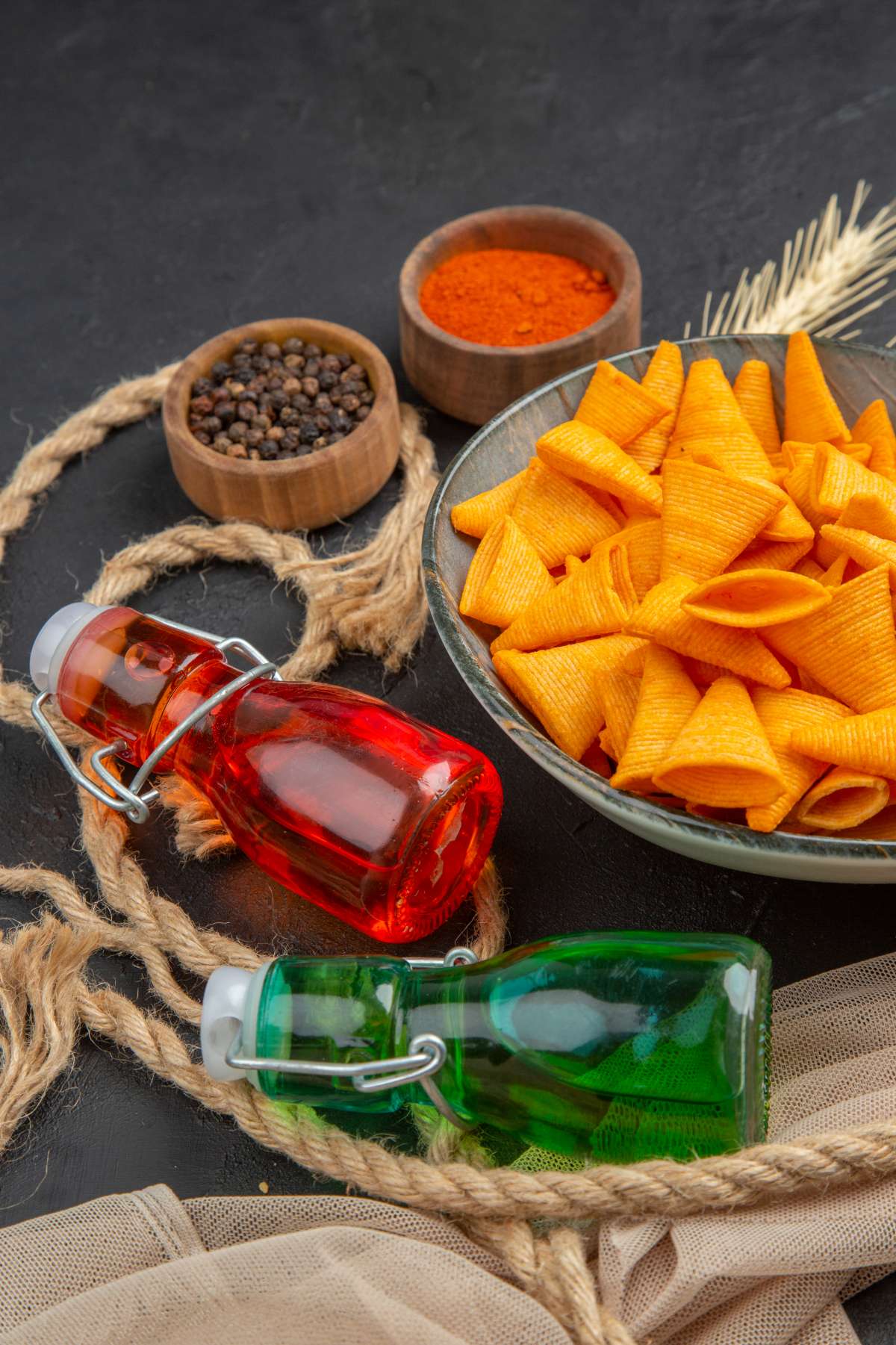
Roasting: Vegetables roast perfectly in leftover oil. Before roasting, toss your favourite vegetables in the leftover oil to provide a mild, savoury flavour.
Seasoning Cast Iron Pans: You can also condition your cast iron skillet with used oil. Once your skillet is clean, lightly coat it with oil and warm it up. This keeps the seasoning in place and enhances the non-stick qualities of the pan. To keep your cast iron skillet and other cookware neatly stored, use Wok, an easy to use, removable Kadhai organizer that keeps your kitchen organised and your pans at hand.
Remember!
The best indicator of oil quality is its smell. If it smells burnt or rancid, discard it right away. Similarly, oil that appears thick or black should also be disposed of since it is unsafe for consumption. Do not pour damaged oil down the drain, as it can clog the pipeline. Instead, pour the used oil into a sealed container and dispose of it with your regular trash.
So, the next time you fry something delicious using leftover frying oil, remember that the oil's journey doesn't end there! Use these tricks to make the most of your frying oil, cut down on waste, and elevate the flavour of your culinary delights. Happy cooking!
Know more ways to repurpose leftover oil? Tell us in the comments!
Tags
0 Comment
You may also like
-
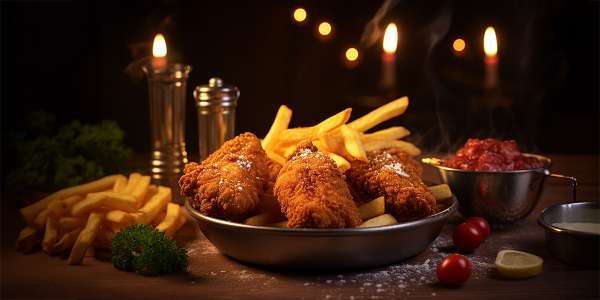
Tips & tricks Party plates: The finger foods everyone grabs first
by Vikhroli Cucina
-

Tips & tricks 6 tiny baking errors that wreck your dessert
by Vikhroli Cucina
-

Tips & tricks Ditch Starbucks: The ultimate DIY Pumpkin Spice Latte hack is here
by Vikhroli Cucina
-

Tips & tricks DIY 15-minute Yummiez platter for a fun Children's Day bash for busy parents
by Vikhroli Cucina

